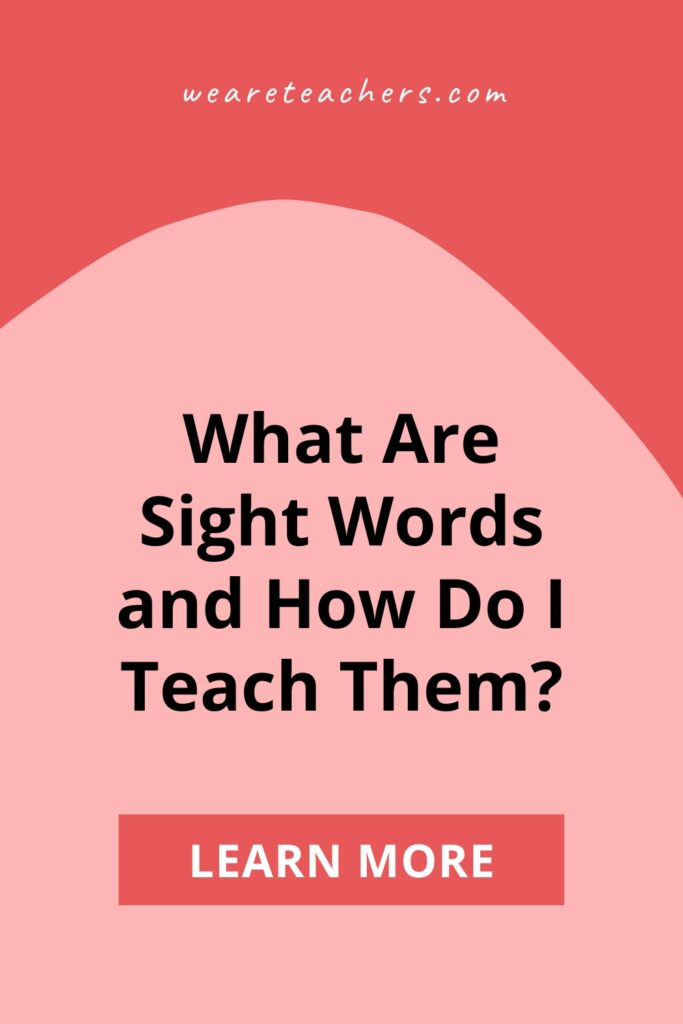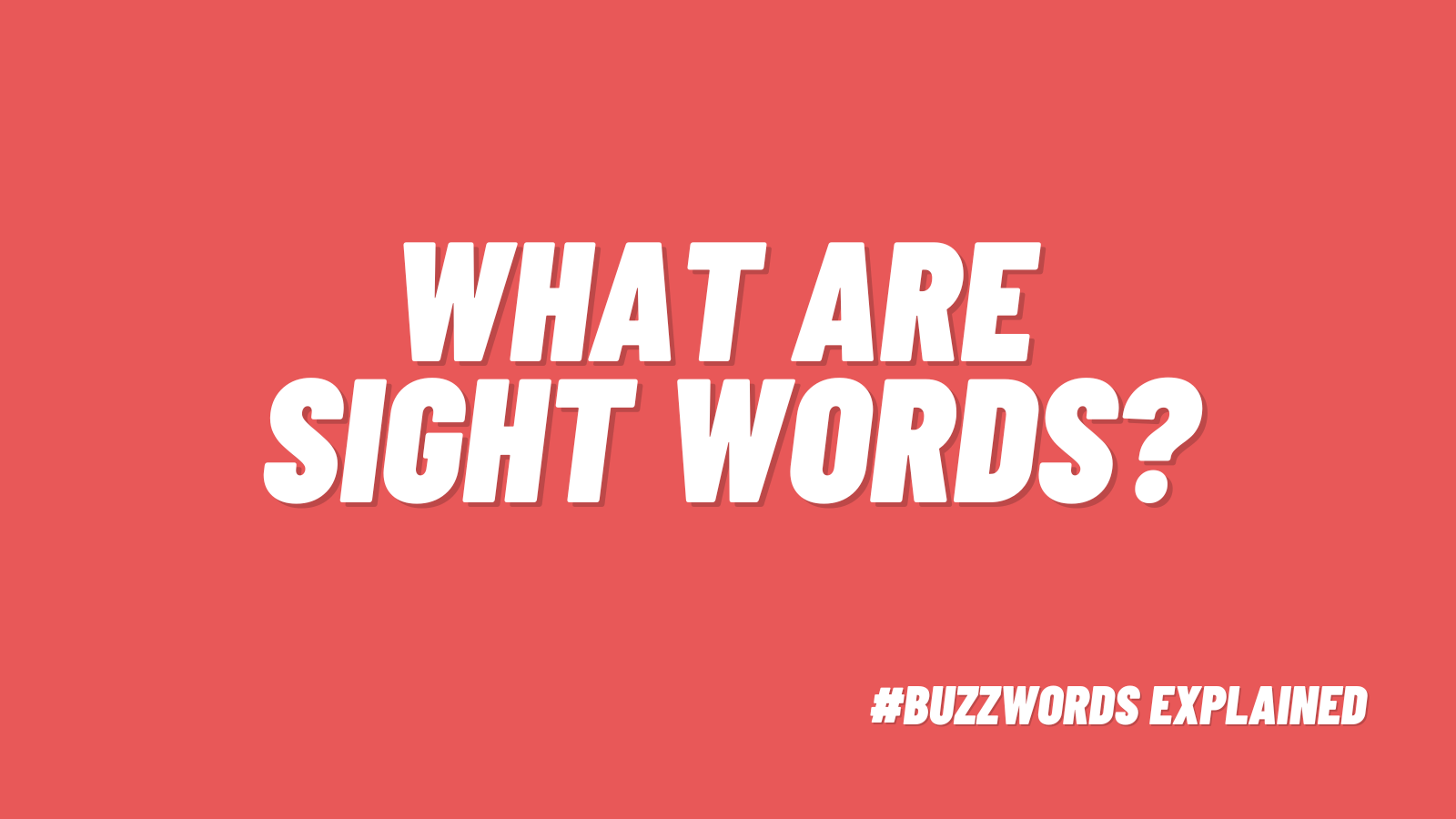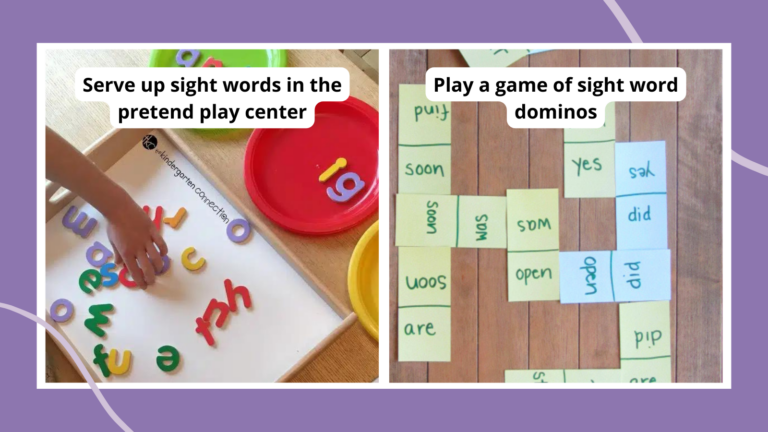When kids begin learning to read, they’ll likely encounter something known as “sight words.” These are a big part of the early elementary years for most students. But what are sight words, and why are they important? Find out more here.
What are sight words?
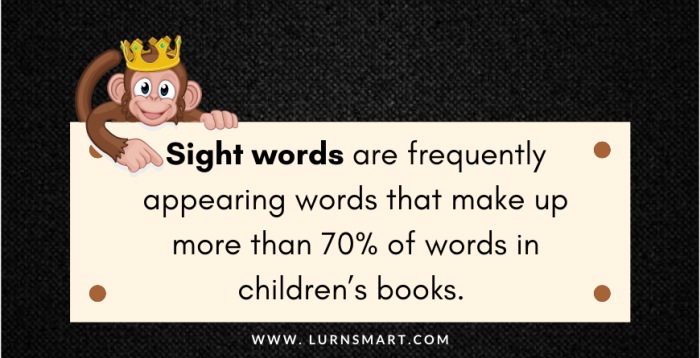
Source: Lurn Smart
Over time, proficient readers recognize nearly all words on sight. In their early days, though, readers must decode each word they encounter. They do this by using phonics techniques: sounding out letters, blends, and syllables. This is a slow and painstaking process at first, but it speeds up over time.
In educational settings, sight words are those that appear frequently in everyday writing. The general belief is that being able to recognize these words on sight, rather than needing to stop and sound them out, will speed up emergent readers’ progress. The goal is for students to be able to recognize these words within three seconds.
Some sight words are decodable, meaning they follow the standard rules of spelling or the six types of syllables. These are words like “and,” “be,” and “go.” Kids can sound these out pretty easily, but since they appear so often, kids usually find it simpler to memorize them.
Others, though, aren’t easily decodable. English is a tricky language, with a lot of words that just don’t fit the usual pronunciation rules. Examples include “come,” “because,” or “laugh.”
Discover much more about sight words here.
What’s the difference between sight words and high-frequency words?
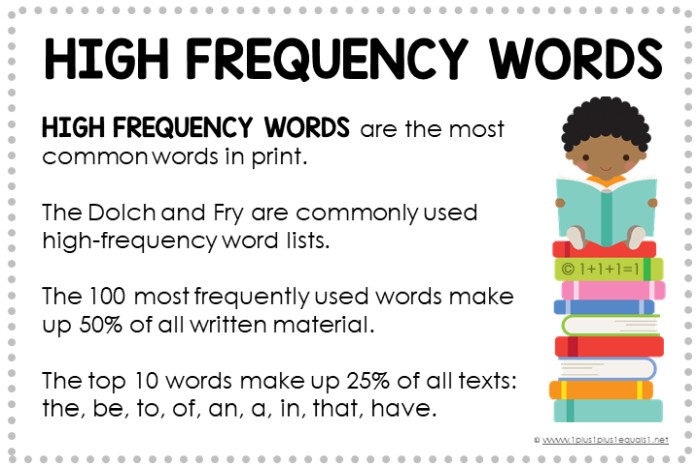
Source: 1+1+1=1
We often use these terms interchangeably, but technically there’s a difference. High-frequency words are those most commonly found in written language. They include words like “the,” “said,” and “or.” Fun fact: 50% of all written material is made up of the 100 most frequently used words, and the top 10 words account for 25% overall!
Sight word lists usually include many high-frequency words. However, they can include other words as well, ones that don’t follow standard spelling and pronunciation rules. Common examples are “school” or “kind.” These words might not be among the most frequently used, but students will encounter them often enough to make it worth being able to read them on sight.
Learn more about the difference between high-frequency words and sight words.
What are the most common sight word lists?
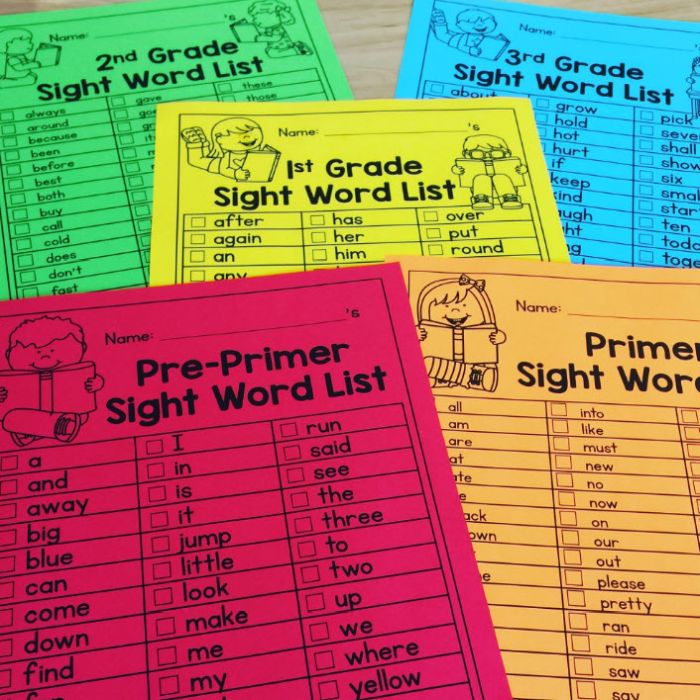
Source: The Moffatt Girls
Two of the most popular sources are Dolch Words and the Fry List. Dolch’s list is shorter, while Fry’s is more comprehensive. Here’s an overview of both.
Dolch Words
During the 1930s and 1940s, Dr. Edward Dolch developed his word list, used for pre-K through third grade, by studying the most frequently occurring words in the children’s books of that era. The list has 200 “service words” and also 95 high-frequency nouns. The Dolch word list comprises 80% of the words you would find in a typical children’s book and 50% of the words found in writing for adults.
Fry Words
Dr. Edward Fry developed an expanded word list for grades 1–10 in the 1950s (updated in 1980), based on the most common words that appear in reading materials used in grades 3–9. The Fry list contains the most common 1,000 words in the English language. The Fry words include 90% of the words found in a typical book, newspaper, or website.
How do sight words fit into the science of reading?

Source: Braintrust
The science of reading is a theory of research-backed methods to teach literacy. One popular science of reading model, Scarborough’s Rope, includes sight recognition as one of its Word Recognition strands, along with decoding and phonological awareness. In other words, learners use sight words along with phonics skills to recognize words as they read.
These words are generally taught by memorization, but some experts feel this isn’t the only option. For instance, literacy specialist Susan Jones recommends a method called phoneme-grapheme mapping, where students first map out the sounds they hear in a word and then add graphemes (letters) they hear for each sound. Most students are likely to benefit from a mix of methods when it comes to learning these important words.
Learn more about sight words and the science of reading here.
How can I teach sight words?

Teachers, parents, and other educators have come up with dozens of ingenious ways to teach sight words! Find a huge list of our favorite sight word activities here.
If you’d like to learn more, check out these resources:
- Comprehensive Phonics, Spelling, and Word Study Guide by Fountas & Pinnell
- How To Teach Sight Words: Susan Jones Teaching on YouTube
- SightWords.com
Looking for more literacy activities? Check out 26 Fun Phonics Activities and Games for Early Readers.
Want more articles like this? Be sure to sign up for our free newsletters!
